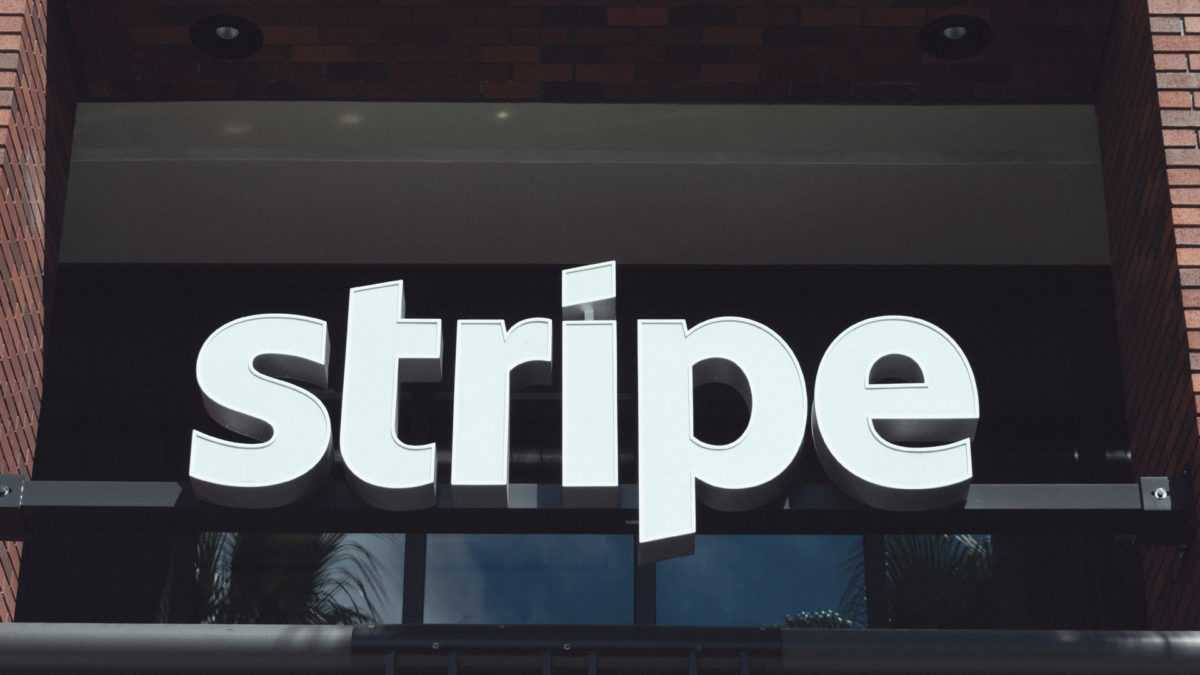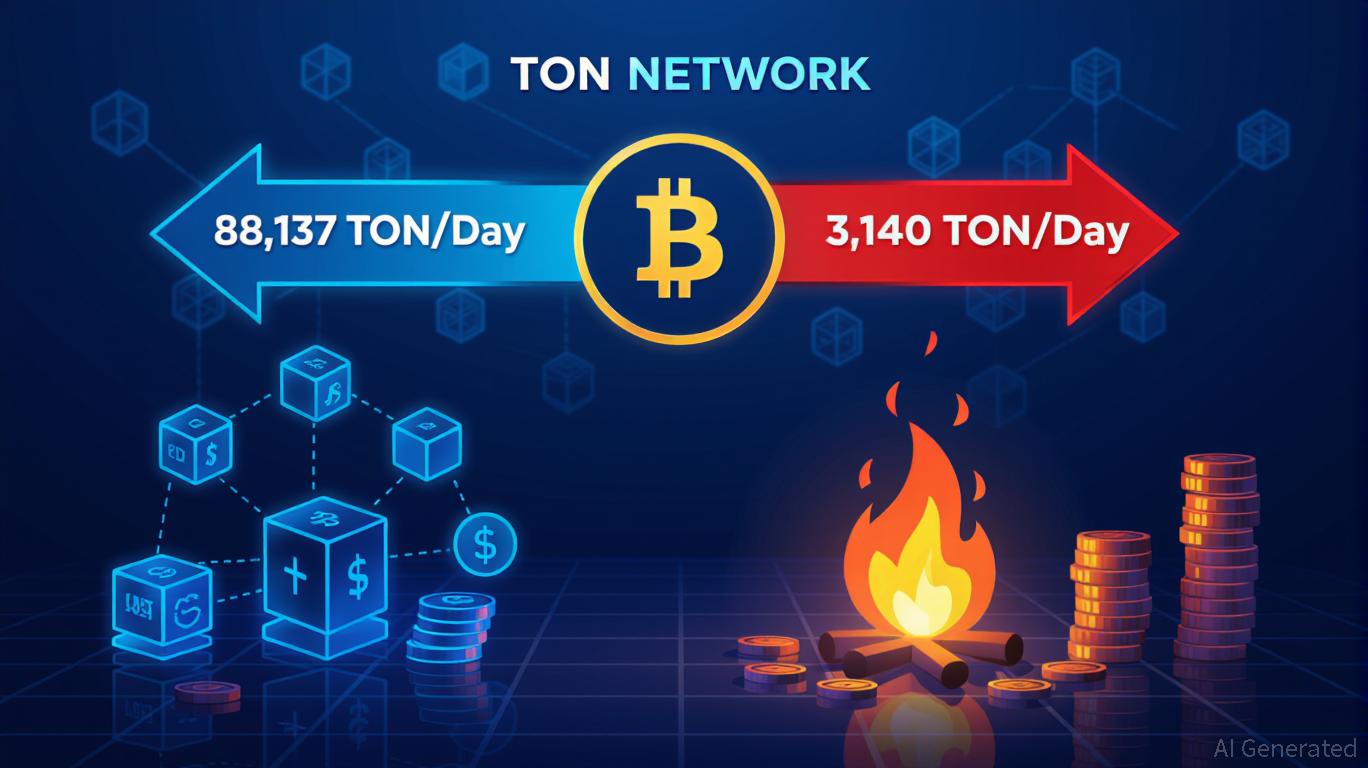Stripe stablecoin unit Bridge applies for national bank trust charter, co-founder Zach Abrams says
Quick Take Bridge is applying for a national bank trust charter through the U.S. Office of the Comptroller of the Currency. If approved, Bridge would be able to provide regulated stablecoin issuance, management, and custody services.

Bridge, the stablecoin infrastructure company acquired by fintech giant Stripe, is applying for a national bank trust charter through the U.S. Office of the Comptroller of the Currency, one of the major federal banking regulators.
If approved, Bridge would be able to operate under a unified federal framework consistent with the GENIUS Act, the stablecoin legislation signed into law this summer, co-founder Zach Abrams said on Wednesday.
In particular, Bridge would be able to provide regulated stablecoin issuance, management, and custody services.
"We’ve long believed stablecoins will be a core, regulated financial building block. This regulatory infrastructure will enable us to tokenize trillions of dollars and make this future possible," Abrams wrote on X. Stripe first signaled it would apply for OCC oversight two weeks ago.
Bridge is joining stablecoin issuers like Circle (ticker CRCL), Paxos, and Ripple in seeking federal oversight. Anchorage Digital is currently the only crypto-native firm with a federal banking charter since receiving OCC approval in 2021.
Stripe has moved quickly to develop its stablecoin unit, including by incorporating stablecoins into its core business, since its blockbuster $1.1 billion acquisition of Bridge last year.
For instance, in June, Stripe partnered with Coinbase and Shopify to make it easier for merchants to accept payments made in Circle's USDC stablecoin. Months later, the company unveiled its Open Issuance platform to assist companies in launching bespoke stablecoins using Bridge's infrastructure, while a planned Layer 1 blockchain, Tempo , will be optimized for payments.
Moreover, Bloomberg reported on Tuesday that Stripe is rolling out "subscription" payments using stablecoins.
Disclaimer: The content of this article solely reflects the author's opinion and does not represent the platform in any capacity. This article is not intended to serve as a reference for making investment decisions.
You may also like
The Growing Buzz Around Momentum (MMT) Token: Could This Be the Next Major Opportunity in Crypto Investments?
- Momentum (MMT) token surged 4,000% post-2025 TGE, driven by exchange listings and speculative demand, despite a 70% correction. - Institutional adoption accelerated by $10M HashKey funding and regulatory frameworks like MiCAR, while Momentum X targets RWA tokenization. - Retail investors face volatility risks from leveraged trading and token unlocks, contrasting institutions' focus on compliance and stable exposure. - Technical indicators show mixed outlook, with RSI suggesting potential bullishness but

Tech Learning as a Driver of Progress in 2025
- Global demand for AI, cybersecurity, and data science education drives enrollment surges, with U.S. AI bachelor's programs rising 114.4% in 2025. - Institutions innovate through interdisciplinary STEM programs and digital ecosystems, addressing workforce gaps with AI ethics and immersive tech integration. - Education-tech stocks gain traction as hybrid learning models and AI-driven platforms align with $4.9 trillion digital economy growth and rising cybersecurity job demand. - Federal funding challenges

TWT's Tokenomics Revamp for 2025: Supply Structure Adjustment and Lasting Value Impact

Aster DEX: Connecting Traditional Finance and DeFi by Streamlining Onboarding and Encouraging Institutional Participation
- Aster DEX bridges TradFi and DeFi via a hybrid AMM-CEX model, multi-chain interoperability, and institutional-grade features. - By Q3 2025, it achieved $137B in perpetual trading volume and $1.399B TVL, driven by yield-bearing collateral and confidential trading tools. - Institutional adoption surged through compliance with MiCAR/CLARITY Act, decentralized dark pools, and partnerships with APX Finance and CZ. - Upcoming Aster Chain (Q1 2026) and fiat on-ramps aim to enhance privacy and accessibility, pos

